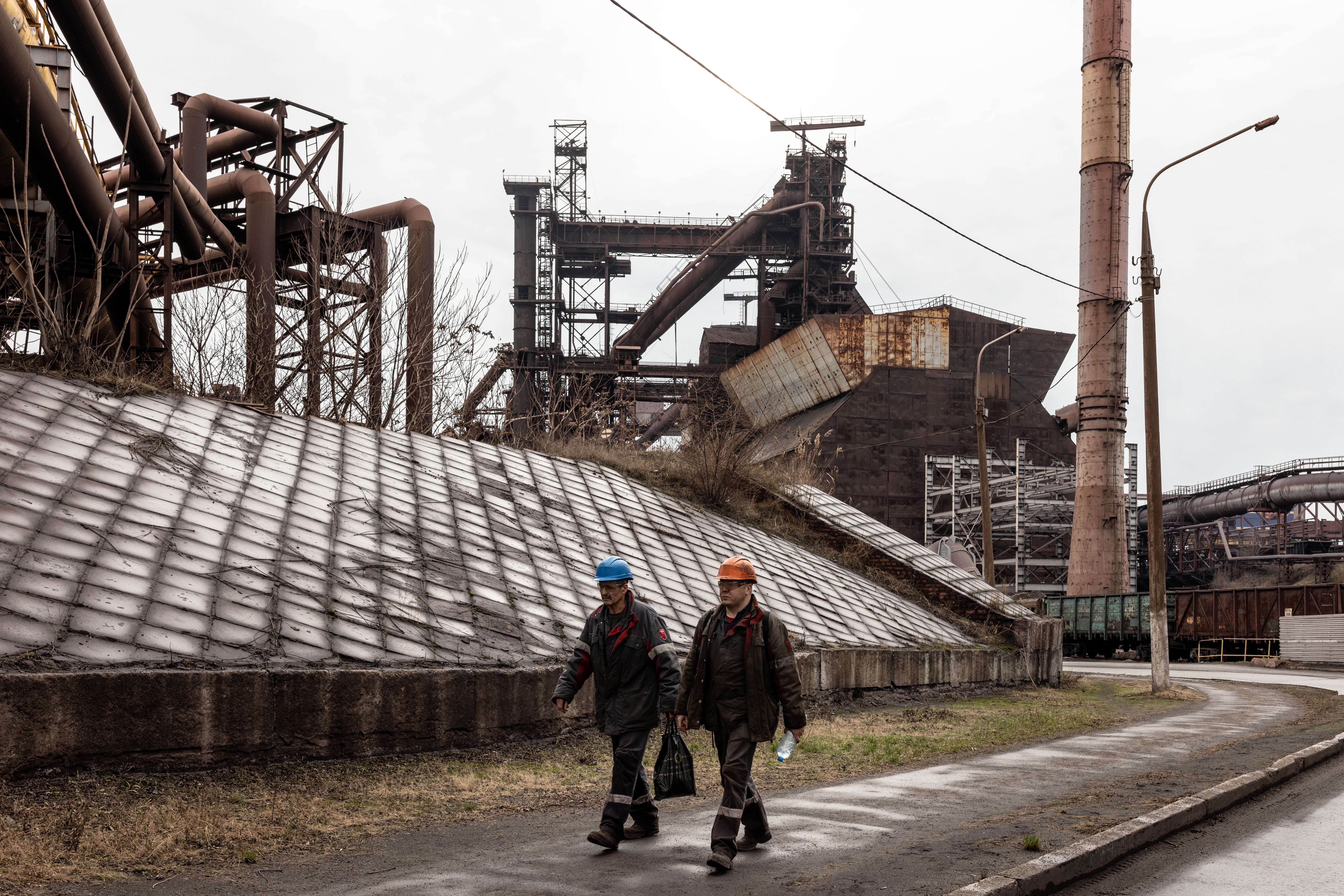The ongoing war in Ukraine has had limited economic repercussions beyond Russia and Ukraine, with Eastern European EU members showing resilience and projected growth of 2.2% this year. Russia’s military spending drives its 3.8% growth, while Ukraine struggles with a 20% budget deficit despite external funding. East-Central Europe has adapted to the crisis, with Poland experiencing stability amid a German economic downturn. Growth continues, but risks persist, particularly with escalating geopolitical tensions.
The ongoing conflict in Ukraine has had profound military, political, and societal impacts in Eastern Europe for over two years. Economically, however, the effects appear to be limited predominantly to Russia and Ukraine, with EU countries in the region adapting and moving forward.
The latest autumn forecast from the Vienna Institute for International Economic Studies (WIIW) highlights a surprising resilience among economies in Eastern and Central Europe. The report indicates that despite the ongoing war and challenges in Western Europe, EU member states in this area are projected to experience an average growth rate of 2.2 percent this year. While this figure reflects a decline from earlier estimates, it remains significantly higher—almost triple—the overall EU growth rate. In fact, both Russia and Ukraine are outperforming this average, with growth rates of 3.8 percent and 2.7 percent, respectively.
Russia Sees Unprecedented Growth Amid Conflict
In what is considered its strongest economic performance since the onset of the conflict, Russia’s economy is largely driven by military spending. Contrary to widespread expectations, Western sanctions intended to cripple the Russian economy have not yet succeeded. The WIIW has revised its earlier growth predictions upward.
Richard Grieveson, the director of WIIW, notes that Russia’s arms manufacturing sector has become pivotal, with the government allocating approximately 93 billion francs for military expenditures, or 6.2 percent of its GDP. A further increase of around 27 billion francs is anticipated for 2025.
Despite this growth, analysts project difficulties in sustaining such momentum into 2025. The WIIW forecasts a growth rate of 2.5 percent for that year, but signs of economic overheating are already emerging, primarily due to a labor shortage. With many men being conscripted, the country faces a depletion of its workforce in factories and offices, further complicating economic stability.
Western sanctions are having some impact, with a noted 8 percent drop in Russian imports this year due to payment processing issues. Banks in countries such as China are hesitating to facilitate transactions for fear of secondary sanctions imposed by the United States. Grieveson also highlights the pressure on Turkey to curtail its exports to Russia.
Ukraine Faces Financial Strain Yet Continues to Grow
In Ukraine, the economic landscape remains challenging, with the country’s budget deficit soaring nearly twenty times higher than Russia’s projected deficit for 2024. Ukraine relies heavily on Western support to maintain non-military spending, prompting expedited tax increases and budget adjustments to cover a looming fiscal gap of 10 billion francs for military needs.
Similar to Russia, Ukraine grapples with labor shortages amplified by extensive bombing campaigns. The war has severely damaged energy infrastructure and industrial capacity, resulting in reduced agricultural exports for 2025. The WIIW has thus lowered Ukraine’s growth forecast for that year from 4 percent to 3.3 percent, although these estimates are precarious and highly dependent on the conflict’s trajectory.
Interestingly, the war is also spurring some economic activity in Ukraine, driven by inflated wages for soldiers and growth in the arms industry. Despite these factors being relatively minor in scale, they contribute to an overall economic dynamic. Furthermore, the Ukrainian government is contemplating the reintroduction of weapon exports, which had been banned since 2022, in a bid to bolster revenues. The forecast for the arms industry is approximately 20 billion dollars, with growing foreign demand for drone technology.
Eastern Europe’s Economies Adapt Amidst Conflict
Surprisingly, the economies of Eastern European EU nations are displaying resilience amid the violent upheaval nearby. According to Grieveson, last year’s inflation and energy crises had a more pronounced effect than the war. “It’s remarkable how minimal the negative impact of the conflict has proven to be,” he states.
Poland serves as a prime example, showing stable growth bolstered by rising wages, EU funding, and declining interest rates. “Private consumption is the chief driver of growth within the Eastern Central European EU states,” Grieveson notes.
The entire region, including Poland, is expected to experience robust economic growth through 2024 and 2025, a noteworthy achievement considering Germany’s current economic challenges. While many Eastern EU economies depend on German industry, especially automotive, they have shown the capacity to adapt and thrive despite neighboring pressures.
Grieveson highlights that this decoupling from Germany’s economic fate signals a new trend; these economies have been able to grow independently for over a year and a half, even when faced with German downturns. However, he warns that any protracted slump in Germany’s economy could pose risks for regional
